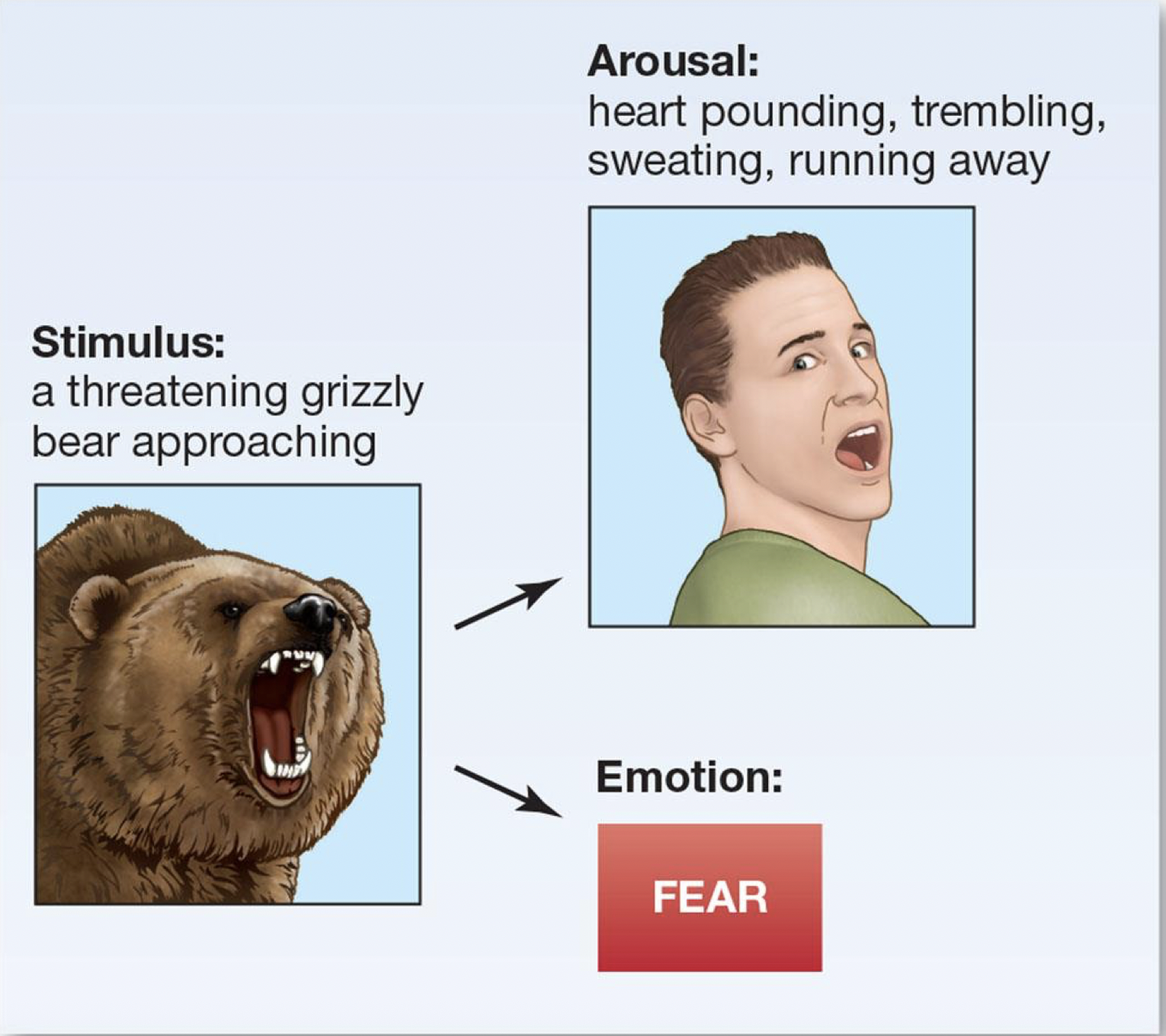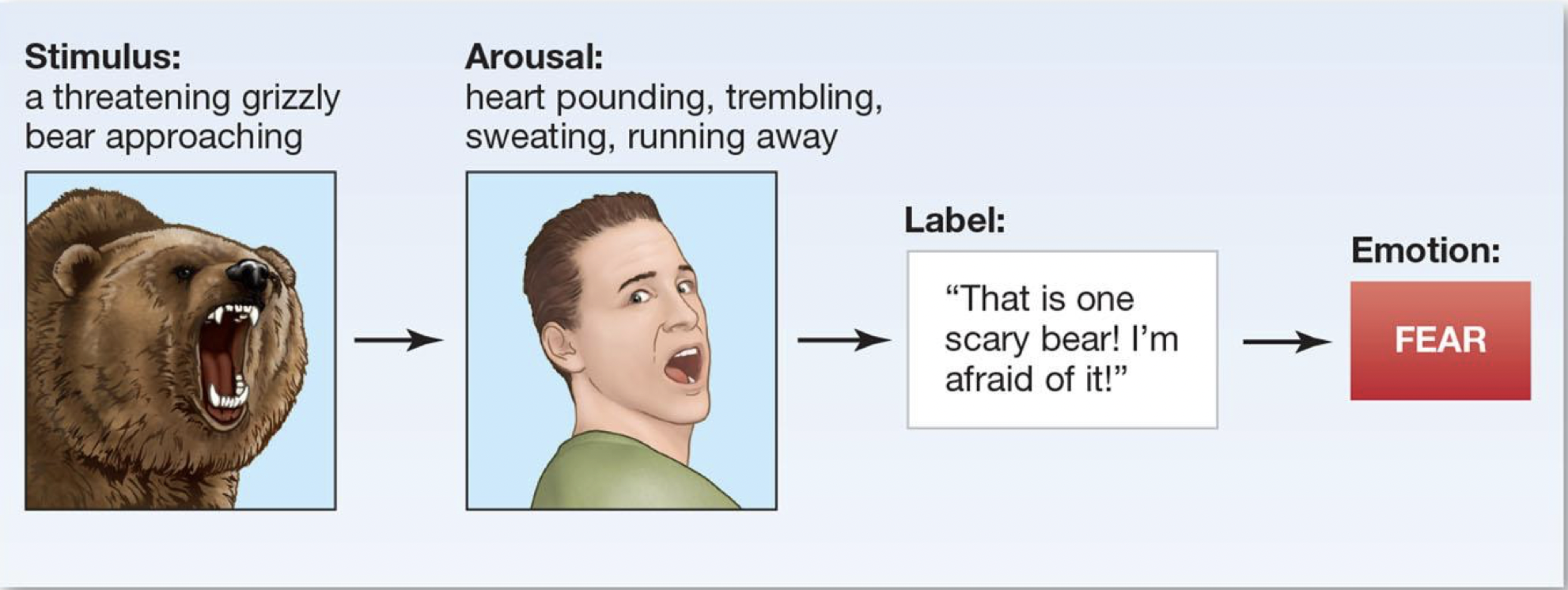Psych Exam 3
1/99
There's no tags or description
Looks like no tags are added yet.
Name | Mastery | Learn | Test | Matching | Spaced |
|---|
No study sessions yet.
100 Terms
Information processing model
compares the working of memory to the actions of a computer
Encoding
the processing of info so that it can be stored
Storage
the retention of encoded representations over time
Consolidation
the neural process by which encoded info becomes stored in the memory
Retrieval
the act of recalling or remembering stored information when it’s needed
Brain regions involved in memory?
Hippocampus, Prefrontal Cortex, Amygdala, temporal lobes, cerebellum, the brain structures involved in perception
How does attention affect memory?
allows us to keep information stored for a certain duration (long/short-term and working memory)
Retrieval cues
anything that helps a person (or a nonhuman animal) recall a memory
Retrieval cues and rehearsal techniques that improve memory/encoding
Chunking, Mnemonics, Maintenance Rehearsal, Elaborative rehearsal
Chunking
organizing info into meaningful units to make it easier to remember (long-term)
Mnemonics
learning aids or strategies that improve recall through the use of retrieval cues
Maintenance Rehearsal
repeating the item over and over
Elaborative rehearsal
encoding the information in more meaningful ways
How many items can we hold in our short-term memory?
“Magic Number” 7 (plus or minus 2)
Serial position effect
the idea that the ability to recall items from a list depends on the order of the presentation, with items presented early or late in the list are remembered better than those in the middle
Primacy effect
better memory for items at the beginning of the list (reflects long-term memory)
Recency effect
better memory for the items at the end of a list (reflects working memory)
Schemas (define)
cognitive structures that help us perceive, organize, and process info. (what we view as appropriate is shaped by culture, experience, and perception)
Schemas (problems)
May lead us to think and act in stereotypical ways
Thinking
the mental manipulation of knowledge about the world (allows us to take in info, consider and use it)
Cognition
the mental activity that includes thinking and the understandings that result from thinking
Mental representations
hypothetical internal cognitive symbols or images that stand for external reality
Mental maps
a person's internal, subjective representation of their surroundings, used for navigation and understanding space. (rely on both analogical and symbolic representations (symbolic can lead to error))
Concepts
a category, or class of related items; it consists of mental representations of those items
Heuristics
mental shortcuts (rules of thumb or informal guidelines) used to reduce the amount of thinking that’s needed to make decisions (can lead to biases and therefore errors)
Availability heuristic
making a decision based on the answer that most easily comes to mind
Representativeness Heuristic
placing a person or an object in a category if that person or object is similar to one’s prototype for that category
Mental Sets
problem-solving strategies that have worked in the past
Functional Fixedness
in problem solving, having fixed ideas about the typical functions of objects (MacGyver was famous for over coming this)
language
a system of communication using sounds and symbols according to grammatical rules
Morphemes
the smallest language units that have meaning, including suffixes and prefixes
Phonemes
the basic sounds of speech, the building blocks language
Syntax
the system of rules that govern how words are combined into phrases and then are combined to make sentences (grammar)
Semantics
the study of the system of meanings that underline words, phrases, and sentences
Critical period of human development
specific, limited windows, from prenatal stages through early childhood, where the brain is highly sensitive to environmental stimuli. (from hearing differences between sounds immediately after birth, kids go on to develop the ability to specific)
Telegraphic Speech
the tendency for toddlers to speak using rudimentary sentences that are missing words and grammatical markings but follow a logical syntax and convey a wealth of meaning (“I fall”)
intelligence
the ability to use knowledge to reason, make decisions, make sense of events, solve problems, understand complex ideas, learn quickly, and adapt to environmental challenges
Measures of intelligence
performance on standardized tests. Some psychometric tests focus on achievement; other psychometric tests focus on aptitude.
Stanford-Binet Intelligence Test
Psychometric tests of general intelligence which measures intelligence using the intelligence quotient aka IQ score
How is intelligence calculated using the Stanford-Binet?
(mental age/chronological age) x 100 = IQ
Developmental psychology
the study of changes over the life span in physiology, cognition, emotion, and social behavior
Why do humans develop?
Environment determines which of the person’s genes are expressed and how they’re expressed. Nature and nature both play a role in developmental outcome.
Stages of development
Prenatal, Infancy, Childhood, Adolescence, Adulthood
Prenatal Period
begins with conception ends with birth (0-9 month pregnancy period)
Infancy
begins with birth ends between 18-24 months
Childhood
begins at the end of infancy and lasts until somewhere between the ages of 11-14
Adolescence
begins at the end of childhood and lasts until somewhere between 18-21 years
Adulthood
begins at the end of adolescence and lasts until old age and death
Attachment
a strong, intimate, emotional connection between people that persists over time and across circumstances
Ainsworth’s “Strange Situation”
Created to determine if infants displayed different attachment styles when separated from their caregivers. The child’s strategy for coping with the separation from the caregiver demonstrates the quality of the attachment bond between them
Attachment styles
Secure and Insecure
Secure
(60-65%) The child happily plays with the stranger while the caregiver is present, but distressed when the caregiver leaves. The Child is easy to console when the caregiver returns
Insecure
(35-40%) a relationship style characterized by a lack of trust, difficulty with emotional expression and intimacy, breaks down into 2 types.
Avoidant (aka dismissive)
The children didn’t show signs of distress when the caregiver leaves, and they ignore them when they return.
Ambivalent (aka anxious or resistant)
The child is distressed when the caregiver leaves, and they continue to show distress even when the caregiver returns. (unlike the securely attached, they cannot be easily comforted).
Harlow’s Monkeys
Harlow found that infant monkeys, when give the choice between a wire “mother” with milk and a cloth “mother” without milk the monkey preferred the cloth mother. (debunking Freud’s theory that attachment primarily serves the purpose of satisfying the infant’s oral need thru breast feeding)
Emotions
An immediate, specific negative or positive response to environmental events or internal thoughts.
Affect
(aka emotion) has 3 components physiological response, behavioral response, and feeling based on cognitive appraisal of the situation
Mood
-low-level background affect
- diffuse, long-lasting emotional states that don’t have an identifiable object or trigger.
-the don’t interrupt what’s happening, but rather they influence thought and behavior
Circumplex Model
Another system for classifying emotions
Valence
how negative or positive emotions are
Arousal
how arousing emotions are; describes physiological activation (ex: brain activity) or increase autonomic response (ex: increased heart rate, sweating, or muscle tension)
Primary emotions
-emotions that are innate, evolutionary, adaptive, and universal (shared across cultures)
-Including anger, fear, sadness, disgust, happiness, surprise, contempt
Secondary emotions
-blends of primary emotions
-Including remorse, guilt, submission, shame, love, bitterness, jealousy
Hippocampus
important mostly for memory
Hypothalamus
important mostly for motivation
Amygdala
- processes the emotional significance of stimuli, and it generates immediate emotional and behavioral reactions.
-involved in the perception of social stimuli, such as when we decipher the emotional meanings of other people’s facial expressions, e.g., their trustworthiness
Theories of Emotion
James-Lange Theory, Cannon-Bard Theory, Schachter-Singer Two-Factor Theory
James-Lange Theory
people perceive specific patterns of bodily responses, and as a result of that perception they feel emotion

Cannon-Bard Theory
proposed that the mind and body experience emotions independently. Info about emotional stimuli is sent simultaneously to the cortex and the body and results in emotional experience and bodily reactions respectively. As a result, we experience two separate things at roughly the same time: an emotion and a physical reaction.

Schachter-Singer (two-factor theory)
a label applied to psychological arousal results in the experience of an emotion

Emotion regulation
-Gross outlined various strategies people use to regulate their emotions.
- Successful strategies: Situational selection (Control the location), Change the meaning (reappraisal- reinterpret a situation to change its emotional meaning), Attentional Deployment (Distracting yourself), Find humor
- Unsuccessful strategies: Thought suppression and rumination
Thought suppression
Pushing down emotions, people attempt to not feel or respond to the emotion at all. DOESN’T WORK!!
Rumination
involves thinking about, elaborating on, and focusing on undesired thoughts or feelings. DOESN’T WORK!!
Motivation
a process that energizes, guides, and maintains behavior toward a goal
Need
a state of biological or social deficient (lead to goal-directed behaviors)
Maslow’s hierarchy of needs
Arrangement of needs, in which basic survival needs must be met before people can satisfy higher needs
Drive
a psychological state that, by creating arousal, motivates an organism to satisfy a need
Yerkes-Dodson Law
- the psychological principle that performance on challenging tasks increase with arousal up to a moderate level; after that, additional arousal impairs performance (ex: athletics, drama performance, music).
- students perform best on exams when feeling moderate anxiety, too much can interfere with performance or motivation
Stress
a type of response that typically involves an unpleasant state such as anxiety or tension
Major Life Stressors
changes or disruptions that strain central areas of people’s lives (such as having your first child, death of a loved one, divorces, etc)
Daily hassles
small, day-to-day irritations and annoyances (such as driving in heavy traffic, dealing with difficult people, waiting in line, etc)
Eustress
the stress of positive events (weddings, birthdays, etc)
Distress
the stress of negative events
Hypothalamic-pituitary-adrenal (HPA) Axis
a body system involved in stress responses, helps the body prepare to respond to the stressor (e.g., fighting an attacker).
Type A personality
a pattern of behavior characterized by competitiveness, achievement orientation, aggressiveness, hostility, restlessness, impatience with others, and inability to relax
Type A personality health impact
Strong predictor of heart disease, high blood pressure, high cholesterol, or smoking
Type B personality
a pattern of behavior characterized by noncompetitive, relaxed, easygoing, and accommodating behavior
Type B personality health impact
Attitude may translate to not caring as much about their health despite having less stress related conditions
Long-term effects of stress on health
- stress hormones negatively affect health
- chronic stress, especially psychological stress, is associated with the initiations and progression of a wide variety of disease from cancer to AIDs to cardiac disease
- weakens immune system
Short-term effects of stress on health
boosts the immune system
effects of stress on immune system
- (the body’s mechanism for dealing with invading microorganisms, like bacteria, allergens, and viruses)
- Stress alters the function of the immune system
- Long-term weakens it, short-term boosts it
Coping
any attempt made to avoid, escape from, or minimize a stressor
Coping Responses
Emotion-focused and Problem-focused coping
Emotion-focused coping
a type of coping in which people try to prevent having an emotional response to a stressor
Problem-focused coping
a type of coping in which people take direct steps to confront or minimize a stressor
Stress relief strategies
Positive Reappraisal, Downward Comparisons, Creation of Positive Events
Positive Reappraisal
focusing on possible good things in one’s current situation (the silver lining)
Downward Comparisons
Comparing oneself to those who are worse off
Creation of Positive Events
A strategy of giving positive meaning to ordinary events